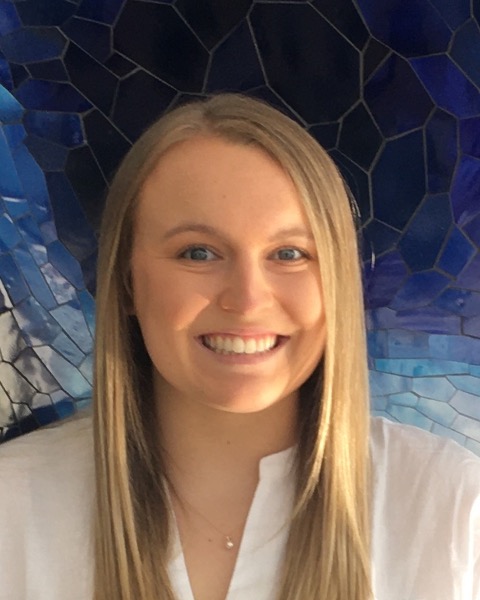Neonatal Neurology 6: Neurodevelopment
Session: Neonatal Neurology 6: Neurodevelopment
683 - Brain Maturation and Language Development in Children Born Late Preterm and Full-Term Aged 6- to 13-Years
Sunday, April 27, 2025
8:30am - 10:45am HST
Publication Number: 683.4196
Paige M. Nelson, University of Iowa Stead Family Children's Hospital, Iowa City, IA, United States; Jane E. Brumbaugh, Mayo Clinic, Rochester, MN, United States; Peggy Nopoulos, University of Iowa Carver College of Medicine, Dept of Psychiatry, Iowa City, IA, United States; Heidi Harmon, University of Iowa Stead Family Children's Hospital, Iowa City, IA, United States; Allison M. Momany, University of Iowa Stead Family Children's Hospital, Iowa City, IA, United States

Paige M. Nelson, MA (she/her/hers)
PhD Candidate
University of Iowa Stead Family Children's Hospital
Iowa City, Iowa, United States
Presenting Author(s)
Background: Late preterm (LP) children (34-36 weeks of gestation) exhibit distinct developmental trajectories compared to full-term peers. Language is particularly vulnerable to prematurity—with over 30% of LP infants displaying communication impairments by 36 months, alongside altered brain development. This highlights the need to understand the mechanisms underlying variability in language acquisition. Cortical thickness and surface area are potential key neural markers that offer insights into the maturation of brain regions involved in language, reflecting processes like pruning, myelination, and enhanced neural processing critical for language development.
Objective: To investigate whether canonical language regions differ between LP and full-term (FT) children in the following ways: (1) age-related changes in cortical thickness, (2) association between cortical thickness and language skills in childhood, and (3) association between cortical surface area and language skills in childhood.
Design/Methods: We conducted a secondary analysis of data collected prospectively at the University of Iowa on 6- to 13-year-old former LP (n=52) and FT (n=74) children born between 1996 and 2006. Structural MRI was acquired using a Siemens 3T TIM Trio scanner and T1-weighted and T2-weighted images were analyzed using FreeSurfer 7.2. Children completed the Vocabulary and Similarities subtests from the Wechsler Intelligence Scale for Children, Fourth Edition (WISC-IV). Moderation analyses assessed differences in language-related brain regions, specifically bilaterial inferior frontal gyrus (pars opercularis, pars triangularis, pars orbitalis), superior temporal gyrus, middle temporal gyrus, and supramarginal gyrus in LP and FT children. Analyses examined (1) age x group interactions on cortical thickness, (2) cortical thickness x group interactions on language skills, and (3) surface area x group interactions on language skills.
Results: LP and FT children did not perform differently on WISC-IV Vocabulary or Similarities subtests. Brain maturation in canonical language regions did not differ between LP and FT children. There was also no evidence suggesting that the relation between cortical thickness or surface area and language skills varied between the two groups.
Conclusion(s): Future research should incorporate biological, genetic, and environmental factors, along with early and longitudinal MRI scans with diffusion and functional connectivity metrics, to provide a more comprehensive understanding of developmental language trajectories of LP children.

